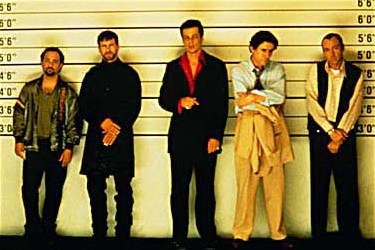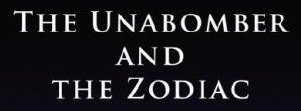
In a traditional lineup five or six people, including the police´s main suspect stand side by side while a witness looks on usually via a one-way mirror to see if they can identify anybody connected with the crime under investigation.
This traditional approach has long been considered unreliable and there many cases of criminal convictions being overturned through DNA evidence where the original conviction was secured mainly as a result of what was subsequently shown to be a flawed lineup identification.
In response to the problems associated with the traditional lineup, pioneering researchers such as Gary Wells spent years developing, researching and testing new lineup procedures. The two major advancements to arise from this thirty year research agenda were The Sequential Lineup, whereby witnesses view suspects one at a time rather than simultaneously; and Double-Blind Techniques whereby the person responsible for the lineup does not know who the real suspect is.
In March 2006, however, a study of an Illinois pilot program, also known as The Mecklenburg Report turned conventional wisdom on its head by claiming that sequential lineups actually result in more false identifications than traditional lineups.
Decide For Yourself
You can read the Illinois Mecklenburg report in full by Clicking Here
A panel of social scientists, including Nobel Laureate Daniel Kahneman of Princeton and Harvard Professor Daniel Schachter convened by the Center for Modern Forensic Practice of the John Jay College of Criminal Justice, said the Illinois Eyewitness Identification Field Study, which challenged 30 years of academic research into eyewitness identification procedures, was crippled by a design flaw that made the study's conclusions a dangerous basis for shaping public policy.
These concerns were published in the July 2007 issue of Law and Human Behavior, which you can read in full by Clicking Here
More Information
Click Here to learn more about the pioneering work of Professor Gary L. Wells




www.all-about-forensic-psychology.com
A Free & Comprehensive Guide to The World of Forensic Psychology
Never miss a forensic psychology blog post
Click on the orange RSS button to receive automatic content updates in My Yahoo!, Newsgator, Bloglines, and other news readers.
Or subscribe to The Forensic Psychology Blog by Email






